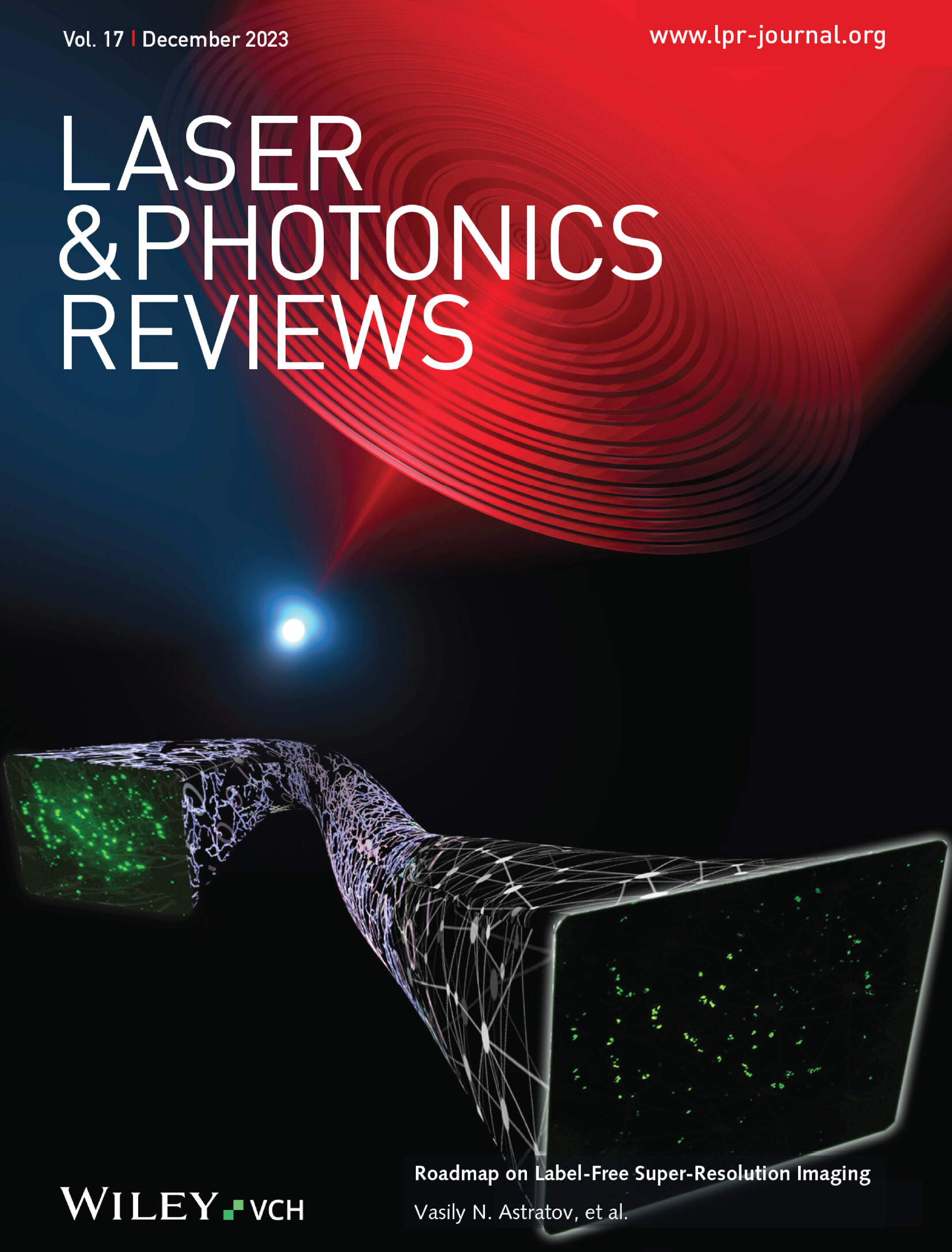Bridging the Mode-Locked and Q-Switched Regimes in Fiber Lasers
IF 9.8
1区 物理与天体物理
Q1 OPTICS
引用次数: 0
Abstract
Mode-locking and Q-switching are two widely used pulsing techniques based on different mechanisms. In practice, both lasing regimes can be realized within the same laser system, while the current research on their transition dynamics presents challenges in both numerical calculation and experiments and therefore remains confined only at the observation level. Here, for the first time, the mode-locked and Q-switched regimes are unified under a proposed model, addressing this challenge of simultaneously capturing both gain evolution and nonlinear propagation for both regimes. In light of this model, a robust method based on optical feedback is developed and verified experimentally, demonstrating a convenient real-time switching between the mode-locked and Q-switched states. The measured transitional dynamics closely align with the theoretical model, showcasing the strong correlation between pulse instability and gain depletion that connects the two regimes. The results uplift the significance of the often-overlooked gain dynamics and deepen the understanding of the onset and demise of mode-locked and Q-switched regimes.

求助全文
约1分钟内获得全文
求助全文
来源期刊
CiteScore
14.20
自引率
5.50%
发文量
314
审稿时长
2 months
期刊介绍:
Laser & Photonics Reviews is a reputable journal that publishes high-quality Reviews, original Research Articles, and Perspectives in the field of photonics and optics. It covers both theoretical and experimental aspects, including recent groundbreaking research, specific advancements, and innovative applications.
As evidence of its impact and recognition, Laser & Photonics Reviews boasts a remarkable 2022 Impact Factor of 11.0, according to the Journal Citation Reports from Clarivate Analytics (2023). Moreover, it holds impressive rankings in the InCites Journal Citation Reports: in 2021, it was ranked 6th out of 101 in the field of Optics, 15th out of 161 in Applied Physics, and 12th out of 69 in Condensed Matter Physics.
The journal uses the ISSN numbers 1863-8880 for print and 1863-8899 for online publications.

 求助内容:
求助内容: 应助结果提醒方式:
应助结果提醒方式:


